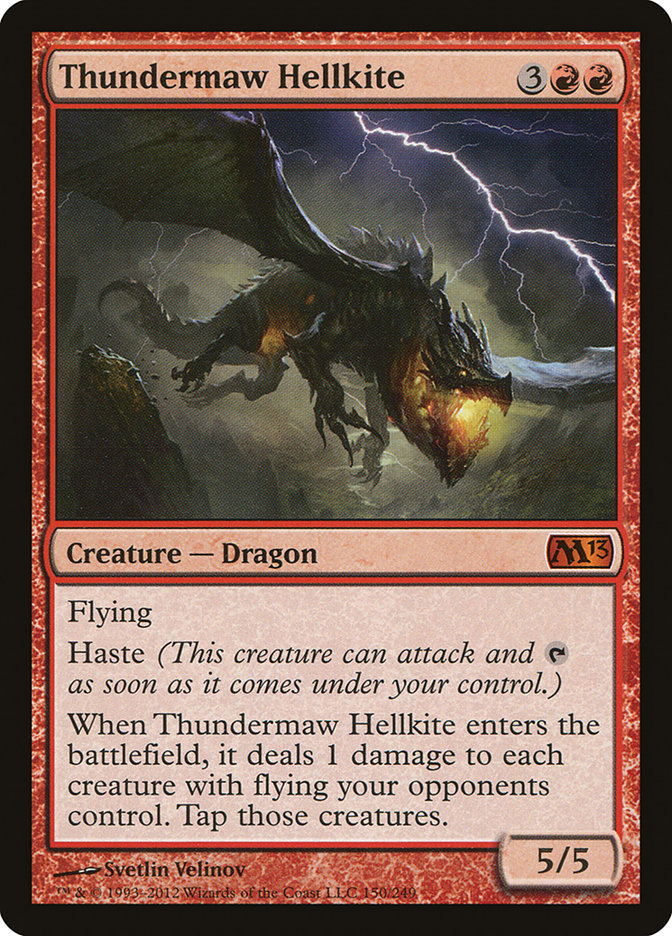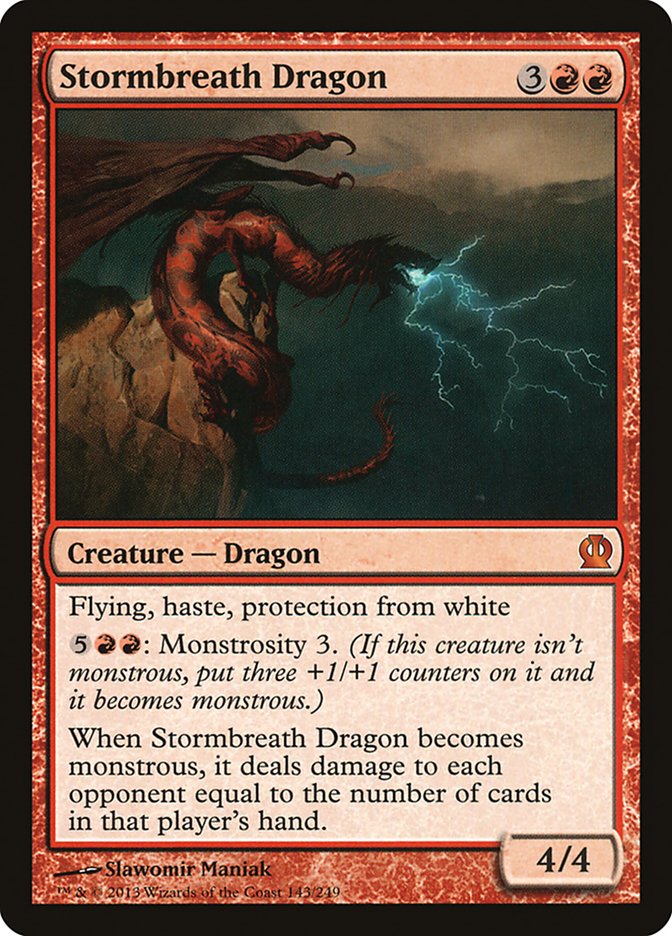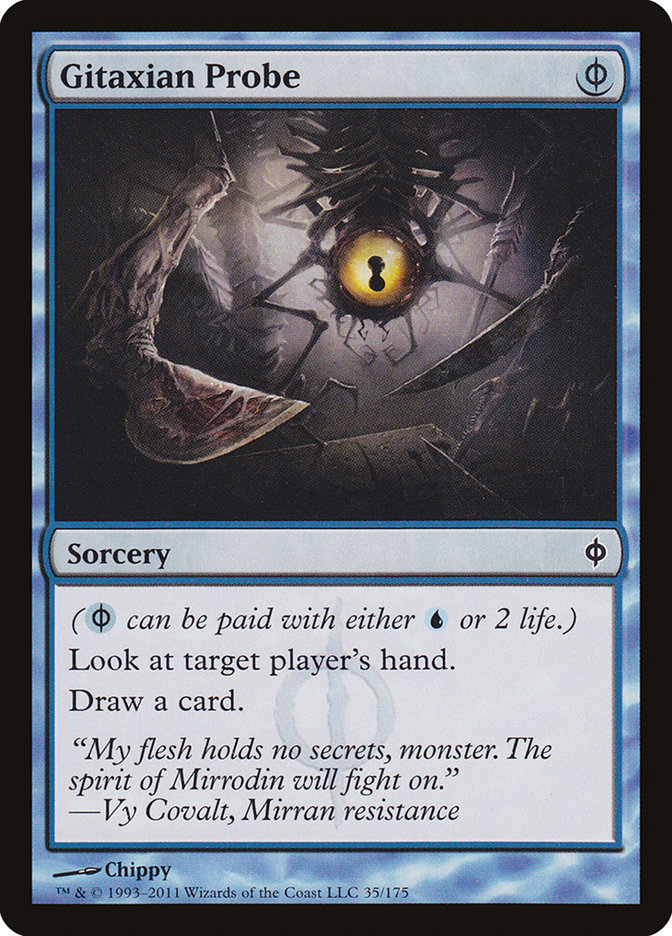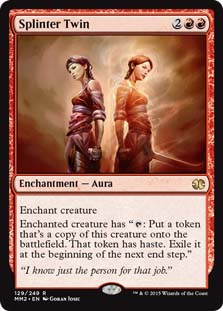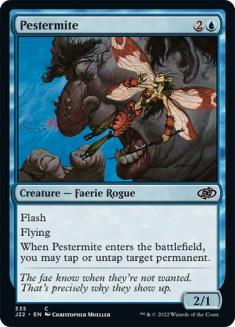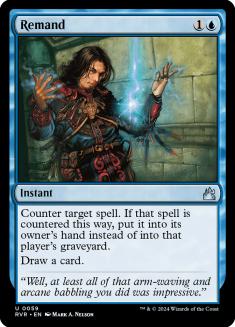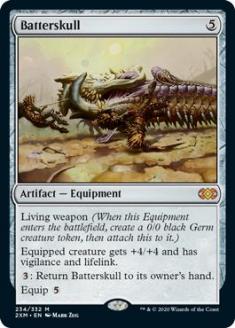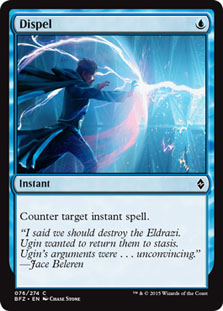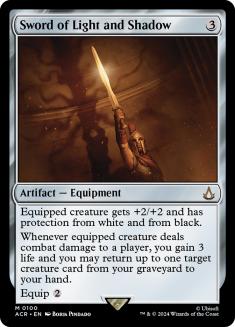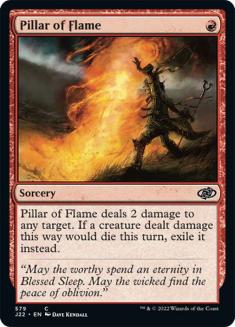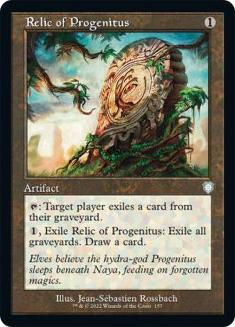Welp. This was it.
Grand Prix Boston-Worcester was the last really big Modern event of the year for me, and there was no way I was missing this one. I haven’t gotten a chance to play in a single PTQ all season because of the conflicting SCG Open schedule, which is disappointing, but I still kept close tabs on what was going on in the format.
Thursday: I didn’t really have a lot of opportunities to work on the format in the week leading up to the big weekend either, but I made sure to do everything I could to gather information. From what I was able to collect, I figured that the format was the fairest it’s been in a very, very long time. The Birthing Pod decks have been generally accepted as the best decks in the format, and B/G Rock-esque decks have been on the upswing, while Twin decks have had a bit of a downswing. I knew that I had to take Magic Online’s results with a slight grain of salt (as you should do most of the time) when it came to Twin decks because less players are going to shell out for a set of Tarmogoyfs, so the results of RUG Twin didn’t necessarily mean that it was out of favor.
That said, I was pretty sold on playing some version of Twin, I just wasn’t sure which. I was pretty high on both the Scry-Twin version and the Young Pyromancer versions of Splinter Twin, especially in a metagame as fair as it is now, but I was worried about the lack of sturdiness and experience I had with those specific builds. I played RUG Twin the longest out of all of them, but I wanted to be more tempo-heavy than what everyone else was doing. I wanted to resemble a Delver deck more than anything, without being as flimsy. I also wanted a large threat out of the board that turned the corner in a synch. I wasn’t really feeling Keranos, God of Storms as much as other players. Yeah, I understand how powerful it is when things get really grindy, but how hard is it to swap one of your Affinity hate pieces with already overlapping hate like Deglamer or Unravel the Aether? Batterskull was my “if you can’t think of anything else, play this” pick, as it’s obviously absurd, but I felt that I could do better than that, or I could have something to compliment whatever else I decided to pick.
Maybe it’s a dragon’s job.
It’s really hard to choose between the two, but I think it’s so close that your preference will be the deciding factor when choosing (as most things in Modern come down to). Thundermaw Hellkite is a lot better against Lingering Souls, Pestermites, and against midrange decks in general, and has a much faster clock under normal circumstances. Thundermaw also has applications against decks like Faeries and Delver, with the former having Bitterblossom and the latter having a very difficult time profitably killing it. Stormbreath Dragon has a major upside over Thundermaw in that it doesn’t get hit by Path to Exile. Protection from white catapults Stormbreath Dragon way ahead of Thundermaw against decks packing that card.
I knew for a fact that I wanted to play Vapor Snag, as it’s exactly the kind of card that I like to play. There was no way I was going to play more than one Twisted Image. I’ve been openly advocating against the card since it’s picked up in popularity, and while I understand its usefulness and effectiveness against zero power creatures, I think that the split of Vapor Snag and Twisted Image allows for more options throughout the course of a Grand Prix, and there aren’t very many situations where I was wishing I had one or the other. The difference between drawing a card and losing one life is much closer given the context of this deck and how you choose to play it, and since I’m much more inclined to play in a way that Vapor Snag promotes, it gets the nod over the second Twisted Image.
Gitaxian Probe has always been a big hit or miss, and this was where I had to decide how I wanted to play the deck. If I wanted to be more of a midrange deck, then Probe would fit the bill a little bit better, but if I wanted to play a more Flash-esque game, then Peek gets the starting spot. I really dislike paying two life against aggressive decks like Affinity and Zoo, and those scenarios where you hope to catch your opponent with their pants down on your turn 4 is bordering on Magical Christmasland if you ask me. With those things said, Peek being instant speed is really the only thing it has going for it, though that’s really strong in its own right. Maybe it’s possible to just play more of a flash build with Vendilion Clique instead of Huntmaster of the Fells, and maybe some help on the low end in the 75, like Grim Lavamancer. Vendilion Clique is also not great against Pod and Jund decks though, and Huntmaster is particularly strong against both of those. Is it possible that I was looking for a card that just didn’t fit in with what I was trying to do?
The sideboard also felt more like a tweak-board than anything, and I wasn’t particularly happy with that. Two copies of Anger of the Gods didn’t feel like enough and didn’t really feel like it solved the Birthing Pod Problem. I didn’t really have much experience with Threads of Disloyalty, but I figured that taking an opposing Voice of Resurgence or Scavenging Ooze would help a lot. Still, I felt like my cards were pretty low impact, but I couldn’t think of what else I could go with. Was I just being too stubborn on Keranos? Possibly.
This was the preliminary build:
Creatures (16)
Lands (22)
Spells (22)

Friday:
I still wasn’t feeling too confident in the deck, and time was running out. Everything just felt not good enough, and I was still lacking the impact that I know my sideboard is capable of. It was starting to annoy me greatly, and I was also battling the tail end of a flu, so I just went ahead and tried to figure it out myself. I might not be feeling too confident because I wasn’t feeling good physically.
I got into the hotel at about 9:30pm and rested as best as I could while also going into the tank for the night.
I was flip-flopping between switching to U/R Twin and staying on RUG. I knew that going with the audible wasn’t a great idea for me, but after talking with some friends and having them remind me just how satisfying playing Huntmaster of the Fells is, I wound up sticking with it. Vapor Snag may have to get the axe as well if it meant trying to be more streamlined, which sucks, but I had to do what I had to do.
Unravel the Aether made sense in theory, but Spellskite felt more applicable to what I wanted to do during the course of a Grand Prix. There was also a good chance that I was overestimating how good Keranos was against me, and even if it was good against me, I could probably use more coverage anyway. Sword of Feast and Famine is effective against B/G/x decks, and decks playing Keranos, so we’ll go with that for now. This unfortunately meant that the Dragons had to go, as there simply wasn’t enough room for them.
Eh…I’ll figure out the rest in the morning.
Saturday:
I woke up at a nice time, and I felt way better than I did yesterday, as I could feel the flu slowly leaving my body! This was great news, and I could get right to getting the final touches on the deck.
I decided that Sword of Light and Shadow was, in fact, the card I was looking for. As stated, the card lines up very well against Keranos, as your creatures, save for Pestermite, require more than the initial three damage to be dealt with, and if they do happen to be dealt with, then connecting gets it back, undoing the work Keranos and your opponent did on your previous creature. The three life undoes any damage Keranos would deal to you, so you’re making out wonderfully on the exchange, while keeping up the pressure at once. It’s pretty awesome when an effect that’s primarily good against the colors it gives your creatures protection from wind up being applicable to a major part of your game outside of that.
This was what I registered:
Creatures (16)
Lands (22)
Spells (22)

In a matter of an hour, I was able to get very close to a list that I liked. Keranos earned a spot because I kept being told it was insane, and Pillar of Flame made the cut since I wanted more ways of dealing with Kitchen Finks, Murderous Redcap, and Voice of Resurgence. Counterflux was a cosmetic change, and lastly, zero Gitaxian Probes to add more substance to the configuration.
Coming off of two byes, I found myself at 4-0 before losing to Lucas Siow on RUG Delver due to a small mistake on my part. This combined with excellent play on Lucas’ end to capitalize and put the game out of reach for me. Two rounds later, I lost an extremely close match against Raphael Levy on Burn, but I felt like I played the first game wrong after not running out my Splinter Twin on my Pestermite into his Grim Lavamancer to save some life and just racing as hard as I could. In my experience with Twin, I’ve never played against Burn before, so I was issued a misassignment of role penalty, which is a game loss via a flurry of burn spells. After talking with Levy after the match, I learned that my sideboarding plan wasn’t as good as it could have been.
I initially did this:
Out:
The Relics of Progenitus just weren’t correct. Grim Lavamancer was pretty damn good against me in game 1, so I felt like I needed to cover it. That logic wound up being flawed because of how I had to rely on Snapcaster Mage to race. Aggressively casting Splinter Twin on my creatures, as previously mentioned, is also a good way to force them to have a way of dealing with it. Remand is also a decent way to hold off their Molten Rains and post boarded Peak Eruptions.
What I should’ve done was something like this:
This way, I can maximize my ability to race, while exposing myself to as little as I can. The sooner I could find a Sword of Light and Shadow or Splinter Twin, the better. I needed to get more used to jamming a given role as hard as possible more often and not get emotionally invested when it doesn’t work out.
All in all, I was very happy with how the deck played, and I know exactly where I could have played better. RUG Twin is so rewarding when you play it well, so I can’t be too unhappy with anything. After all, the process is the thing I should be looking at.
I have two IQ’s this weekend: one Standard and one Modern. I really like Chris VanMeter’s idea of adding more black in Jund Monsters, playing Llanowar Wastes instead of Forest, and adding Desecration Demon instead of Ghor-Clan Rampager, along with a better sideboard. It’ll be interesting to see how the deck does, and I hope that I can get some strong play going and tighten up for the upcoming Opens.
What did you play in Worcester, and how much did you enjoy the format?

